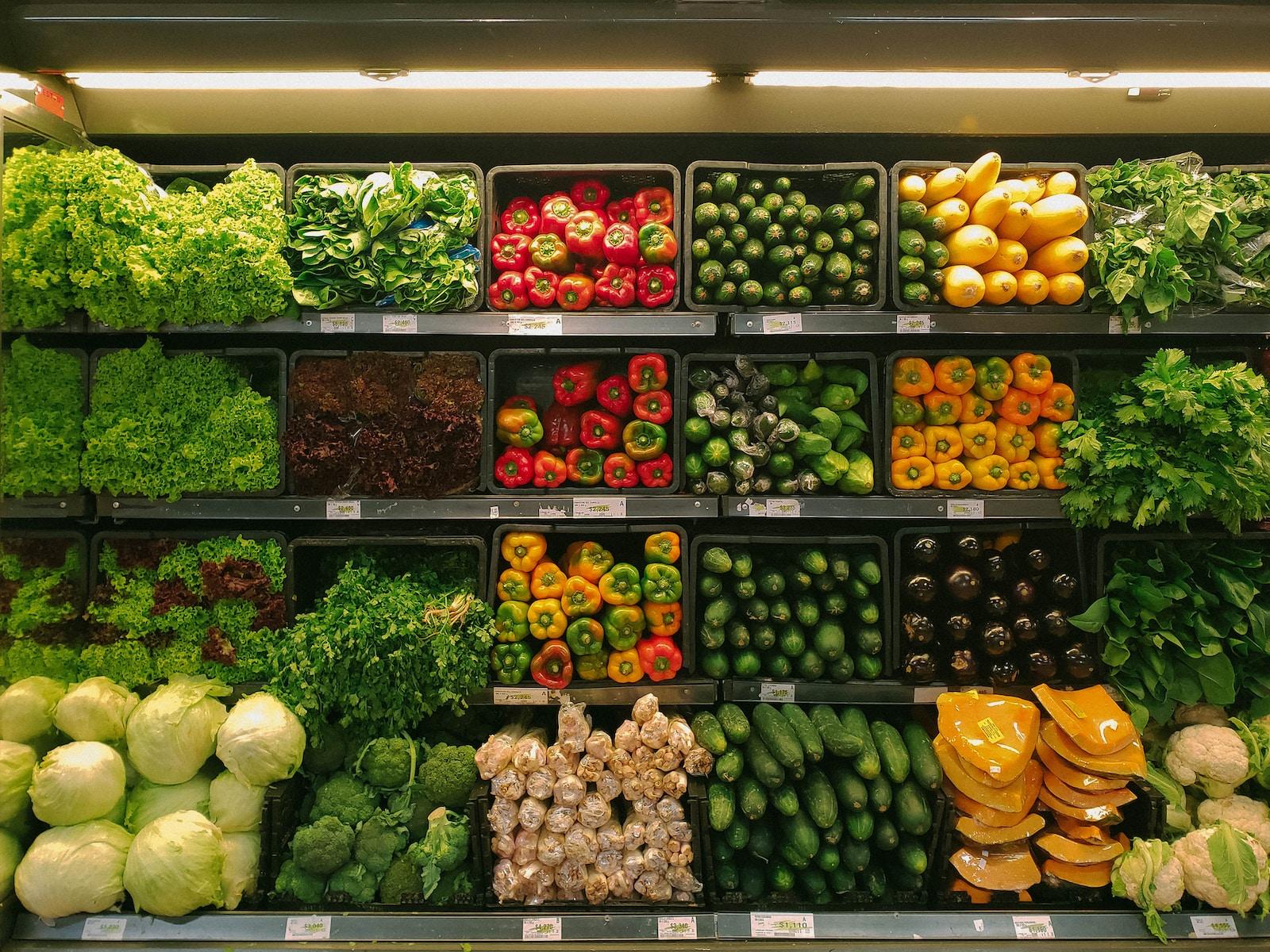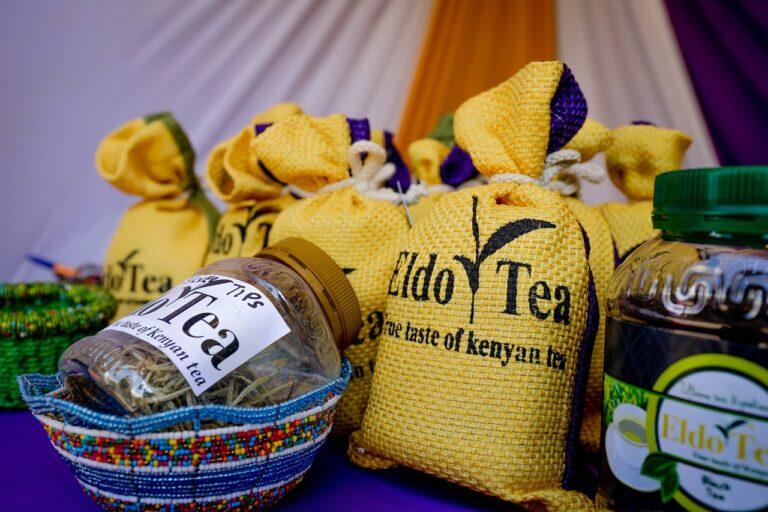Is Grocery Business Profitable In Kenya?
Running a grocery business is not an easy task, especially in Kenya where competition is high, and operating costs are increasing every day. The grocery business is an important sector of the retail industry, and it involves the sale of food and non-food items such as toiletries, household cleaning products, and other daily essentials.
In Kenya, grocery stores can be found in most neighborhoods ranging from small-scale shops to large supermarkets. The importance of discussing the profitability of this industry cannot be overstated.
Running a profitable grocery business requires a lot of planning, hard work, and persistence. It’s no secret that over the years the cost of running a grocery store has increased due to inflation and other economic factors.
Therefore, profitability is key for any investor who intends to venture into this market or anyone currently operating in it. In this article, we will explore different aspects of running a profitable grocery business in Kenya by providing insights on market opportunities, factors affecting profitability margins, strategies for increasing revenue generation while keeping operational costs low among others.
Overview of the Grocery Business in Kenya
Definition and Scope of the Grocery Business
The grocery business in Kenya primarily involves the sale of food items, such as fresh produce, meat, poultry, packaged goods, and beverages. The scope of this industry is vast and includes retail stores that range from small kiosks to large supermarkets. In most cases, grocery stores are located in urban areas where there is a significant demand for food items.
However, with the growing population and improving economic conditions across the country, new markets have emerged in rural areas as well. The grocery business has become an essential component of Kenya’s economy as it provides a consistent supply of food items to consumers.
Market Size and Growth Potential
The grocery business is one of the most lucrative industries in Kenya. According to a report by Euromonitor International, the value of Kenya’s grocery retail market was estimated at KSH 2.7 trillion ($24 billion) in 2020. This represents a compound annual growth rate (CAGR) of approximately 6% over five years.
The growth potential for this industry is immense due to several factors such as increasing urbanization rates, rising population, an expanding middle class with higher disposable incomes. Furthermore, technological advancements have led to increased online shopping options that enable consumers to buy groceries from the comfort of their homes.
Key Players in the Industry
Several key players dominate Kenya’s grocery market share. The largest player by far is Naivas Supermarkets with over 70 stores across different parts of the country.
Other notable players include Tuskys Supermarkets with over 50 locations nationwide and Quickmart Supermarkets which has expanded rapidly since its inception eight years ago. There are also several international chains present in Kenya like Carrefour and Shoprite who have entered into strategic partnerships with local retailers to fast-track their market share.
The industry is highly competitive, with retailers competing on pricing, location, and product offerings to attract customers. Despite the competition, the grocery business remains an attractive opportunity for entrepreneurs and investors looking to enter the retail industry in Kenya.
Factors that Affect Profitability in Grocery Business
The profitability of a grocery business is influenced by various factors. One of the significant factors is competition from other retailers. With many supermarkets and other small-scale retail stores mushrooming across the country, grocery store owners have to deal with high competition.
To stay competitive, they must offer quality products at competitive prices while ensuring excellent customer service. Consumer buying patterns and preferences also affect the profitability of a grocery business.
In Kenya, consumers have varying shopping habits due to different cultural and economic backgrounds. For instance, some customers prefer shopping for groceries in bulk, while others choose to shop for smaller quantities frequently.
Customers also have different preferences for product quality and brands, which affects what a store can sell. Therefore, understanding consumer behavior is crucial in creating an effective marketing strategy that attracts customers and generates revenue.
Supplier relationships and pricing are critical determinants of profitability in the grocery business. Establishing good relationships with suppliers ensures that stores receive quality products at reasonable prices.
As such, they can sell at competitive prices while still making a profit margin. Retailers with multiple suppliers have the advantage of negotiating better deals on prices than those with only one supplier since they can compare quotations from different vendors before making purchasing decisions.
Profit Margins in Grocery Business
When it comes to the grocery business, profit margins can vary significantly depending on the type of store and its location. Generally speaking, smaller independent grocery stores tend to have higher profit margins than larger chain stores.
In Kenya, a typical profit margin for an independent grocery store can range from 5% to 15%, while larger chain stores may only see a profit margin of 3% to 5%. There are several factors that affect a grocery store’s profit margins.
One significant factor is the cost of goods sold (COGS), which includes the cost of purchasing products from suppliers and any associated transportation costs. If a store is able to negotiate lower prices with suppliers, they’ll be able to increase their profit margins.
Additionally, operating costs such as rent and utilities can also eat into a store’s profits. Stores that are located in more expensive areas or have higher utility bills may have lower profit margins compared to those in more affordable locations.
Typical Profit Margins for Different Types of Grocery Stores
There are several types of grocery stores that operate in Kenya, each with its own unique characteristics and profit potential. Here’s a breakdown of typical profit margins for different types of grocery stores:
- Independent Grocery Stores: As mentioned earlier, independent grocery stores tend to have higher profit margins than larger chain stores. This is because they often have more flexibility when it comes to pricing and product selection.
- Chain Stores: Larger chain stores typically operate on much thinner profit margins than independent grocers due to their higher operating costs and need to remain competitive with other chains. – Supermarkets: Supermarkets generally see lower profits than traditional grocery stores due to their focus on offering low prices rather than premium products.
- Online Grocery Stores: Online grocers tend to operate at lower costs compared to brick-and-mortar shops since they don’t require expensive leases or large amounts of inventory. As such, they can often have higher profit margins.
Factors that Affect Profit Margins
There are many factors that influence a grocery store’s profit margins. Some of the most significant include:
- Product Mix: Stores that offer a mix of premium and budget products can sometimes achieve higher profit margins since they appeal to different segments of the market. – Location: Stores located in more affluent areas may be able to charge higher prices for their products, leading to higher profits.
- Marketing & Advertising: Investing in marketing and advertising can help stores increase their visibility and attract more customers, which can lead to increased profits. Overall, grocery business owners must carefully manage their costs and maintain a strong understanding of their target market to achieve profitable operations.
- Competition: Stores that are located in areas with high competition may see lower profit margins due to the pressure to keep prices low.
Challenges Facing Grocery Business Owners in Kenya
High Operating Costs
Running a grocery business in Kenya can be very expensive due to high operating costs. Rent, utilities, and labor costs are the main expenses that a grocery store owner must take into consideration. The cost of renting a space for the store is usually high in urban areas due to limited availability.
Additionally, utility bills such as electricity and water can also add up, especially during peak seasons when there is high demand from customers. Another major expense that grocery business owners face is labor costs.
Hiring and paying staff members can be an ongoing challenge for these owners since they need a lot of workers to keep their stores running smoothly. The cost of hiring employees depends on their level of experience and expertise.
Supply Chain Challenges
Another challenge that grocery business owners face in Kenya is supply chain challenges such as transportation and logistics. Getting goods from suppliers to the store can be difficult, especially if the store owner doesn’t have reliable means of transportation. This can lead to delays in receiving stock which could result in empty shelves and unhappy customers.
Transportation challenges aside, businesses must also deal with logistical issues like storage space for large quantities of inventory or refrigeration units for perishable goods. These requirements add extra costs to running a successful grocery business.
Regulatory Compliance Requirements
Kenyan businesses are required by law to comply with government regulations which include obtaining permits and licenses necessary for operations. This means that grocery business owners need to invest time and money into securing permits before they can open their doors to customers.
Compliance with food safety laws is another regulatory requirement that impacts small businesses like groceries stores significantly since they deal with food items daily. Store owners must ensure all foodstuff meets regulatory standards which may require additional resources for inspections or compliance training sessions which translate into additional costs for the business owner.
Strategies for Increasing Profitability in Grocery Business
Offering Unique Products or Services to Differentiate from Competitors
One of the most effective ways to increase the profitability of a grocery business is by offering unique products or services that differentiate it from competitors. This could mean stocking rare or hard-to-find items that appeal to a specific niche market, such as imported foods, organic produce or specialty snacks.
Alternatively, it might involve offering in-store services that rival supermarkets do not provide, such as personal shopping assistance, cooking classes or in-store dining options. To identify potential unique products and services, grocers can research their target market and identify trends and gaps in current offerings.
For example, if there is growing interest in plant-based diets among health-conscious consumers, stocking a variety of vegan and vegetarian options would help attract these shoppers. By successfully tapping into these niches and offering something different than their competitors, grocery stores can increase profits by building loyal customer bases.
Implementing Cost-Cutting Measures to Reduce Expenses
Another way for grocery business owners to increase profitability is by implementing cost-cutting measures to reduce expenses. This may include reducing energy consumption by using LED lighting or upgrading equipment with more energy-efficient models. Implementing recycling programs or reducing waste through better inventory management can also help save money on disposal fees.
Additionally, labor costs are often a major expense for grocery businesses. To reduce these costs without sacrificing customer service standards, grocers can cross-train employees to perform multiple tasks efficiently.
They may also consider automating certain tasks where possible with technology solutions like self-checkout kiosks. By carefully evaluating expenses across all areas of the business and making strategic cuts where they can without sacrificing quality or service standards, grocery stores can improve their bottom line while still providing value to customers.
Building Strong Relationships with Suppliers to Negotiate Better Prices
Establishing strong relationships with suppliers is another key strategy for increasing profitability in grocery business. By cultivating a positive relationship with suppliers, grocers can negotiate better prices and payment terms, which can help reduce operating costs and increase profit margins. To build strong relationships with suppliers, grocers can start by communicating regularly and maintaining transparency about their needs and expectations.
They may also consider partnering with fewer, select suppliers to consolidate orders and streamline the supply chain process. By working closely together to understand each other’s needs, grocers can establish mutually beneficial long-term partnerships that benefit the entire business.
Conclusion
The grocery business is a large and growing market in Kenya. While there are challenges that business owners face, including high operating costs and supply chain issues, there are strategies that can be implemented to increase profitability. Key factors that influence profitability include competition from other retailers, consumer buying patterns and preferences, and supplier relationships.
Additionally, profit margins vary depending on the type of grocery store and other external factors. Implementing cost-cutting measures such as reducing expenses or building strong relationships with suppliers can help businesses improve their bottom line.
While running a grocery business in Kenya certainly has its challenges, it is ultimately a profitable venture for those who implement effective strategies. By staying up-to-date on market trends, building strong relationships with suppliers and customers alike, and keeping operating costs low where possible; you can create a successful grocery business. Moreover, with the right mindset and skills set to overcome obstacles like regulatory compliance requirements or supply chain logistics; the potential for profitability increases significantly.
Kenya’s growing population coupled with its increasing disposable income make it an attractive market for entrepreneurs looking to invest in this industry. With hard work and dedication you too could be among those reaping great returns from this booming industry!








